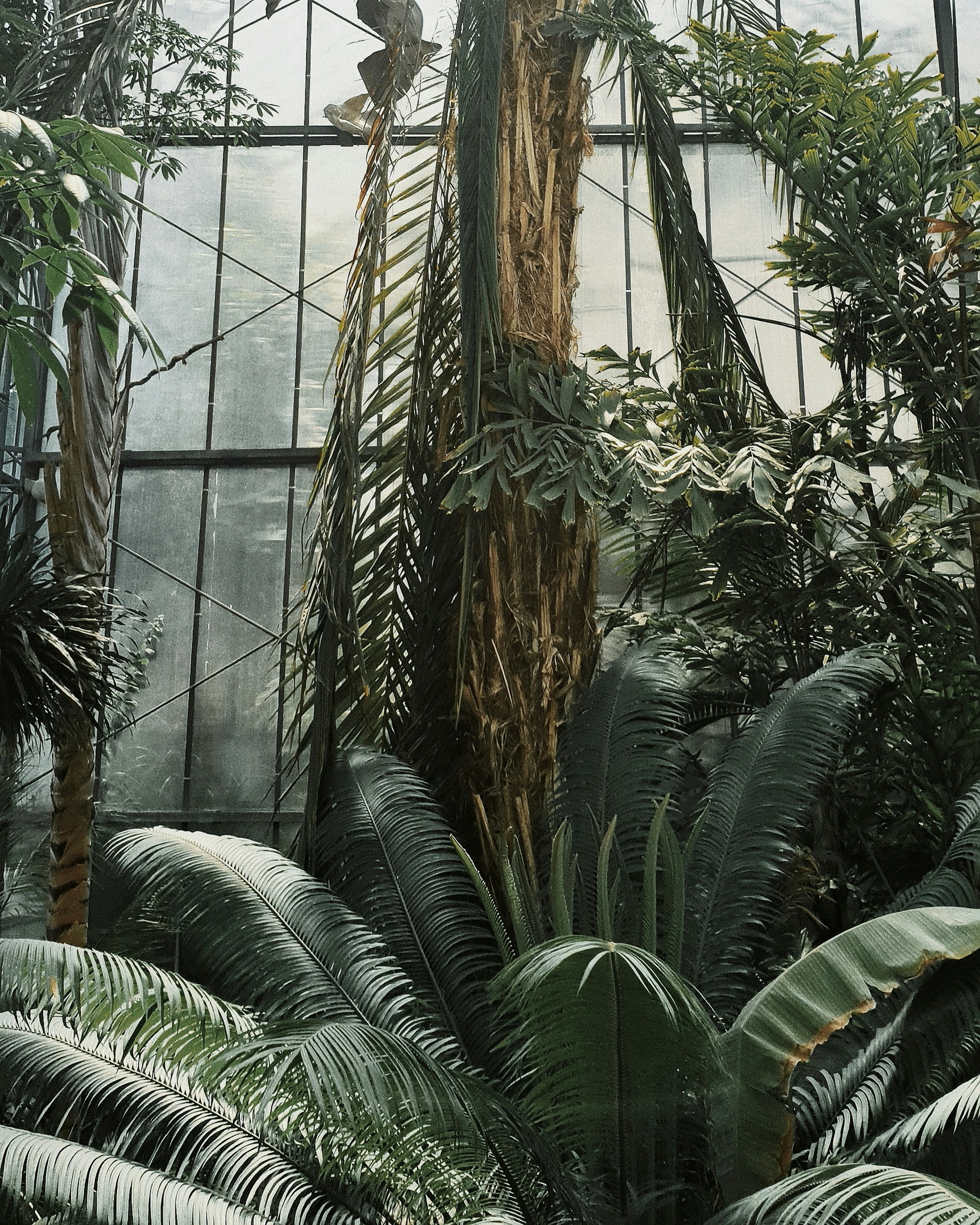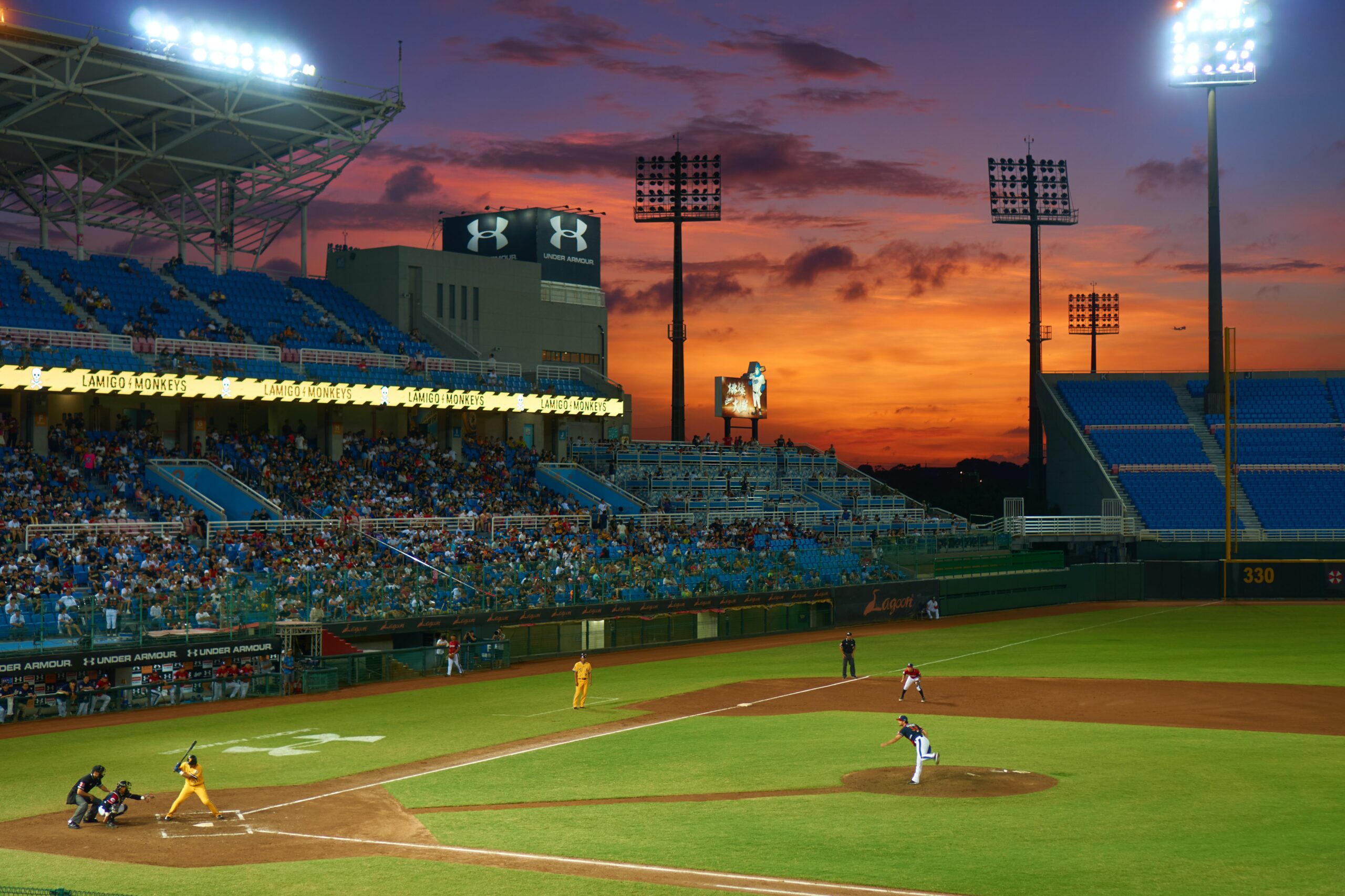BAGAIL 8 Set/10 Set Packing Cubes Various Sizes Packing Organizer for Travel Accessories Luggage Carry On Suitcase
$24.99 (as of April 4, 2025 11:25 GMT +00:00 - More info)Nestled in the heart of Miami, The Kampong, National Tropical Botanical Garden, is a hidden gem waiting for your exploration. This lush paradise offers a serene escape from the bustling city life, inviting you to wander through a collection of exotic plants that paint a vibrant tableau of nature’s finest. From guided tours that unveil the garden’s secrets to the tranquil paths that lead you through the diverse ecosystems, there’s something truly magical about this place. As you plan your visit, remember to check their official website for the latest operating hours and to peek at some of the little-known facts that make The Kampong not just a sightseeing staple but a journey into the very heart of tropical botany.
Overview
Imagine stepping into a haven of tropical bliss, where the air is filled with the fragrance of exotic blooms, and every corner reveals a new botanical wonder. That’s what awaits you at The Kampong, part of the National Tropical Botanical Garden. This unique garden oasis in the heart of Miami offers a serene escape from the city’s hustle and bustle, transporting you to a world where nature’s beauty reigns supreme.
Location
Nestled in Coconut Grove, Miami, The Kampong is not just a botanical garden; it’s a historical treasure that reminds us of the lush diversity of the tropics. Its waterfront location adds to its allure, providing stunning views and a tranquil environment. The address to this peaceful escape is a piece of valuable information for anyone longing for a nature-infused retreat within the city.
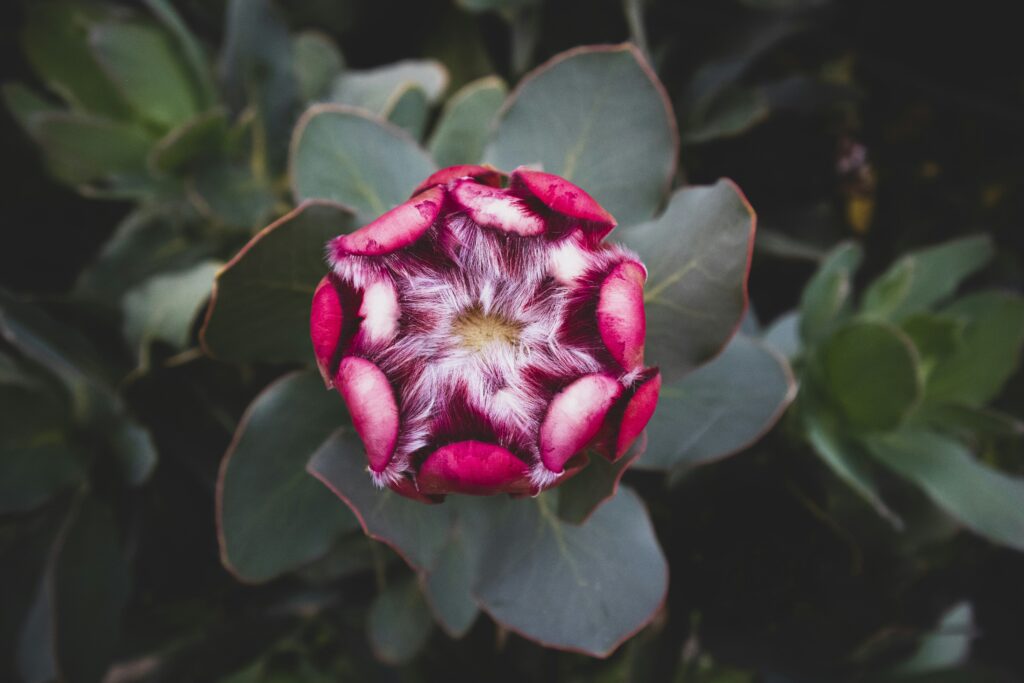
History
The story of The Kampong begins with David Fairchild, a famed plant explorer who made this place his home in the early 20th century. Fairchild traveled the world, bringing back thousands of plant species to the United States. His legacy is evident in every corner of The Kampong, which served as both his living laboratory and personal sanctuary. The name ‘Kampong’ itself, which means ‘village’ in Malay, reflects Fairchild’s deep appreciation for the tropical regions he explored.
Features
What makes The Kampong stand out among botanical gardens is its extraordinary collection of tropical fruit cultivars, palms, flowering trees, and vines. It’s a living catalogue of the biodiversity that thrives in tropical climates. As you wander through the garden, you’ll be greeted by the sight of rare plant species that Fairchild himself introduced to Florida. Every path you take leads to a new discovery, from the majestic baobab tree to the delicate jade vine.
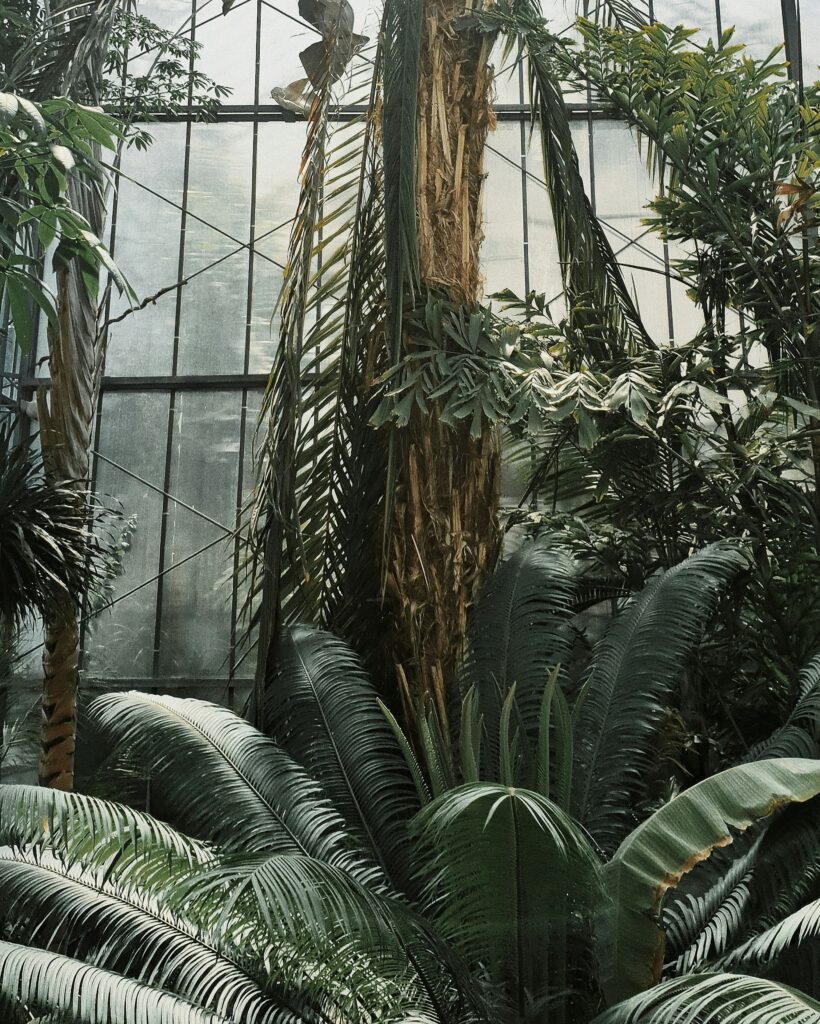
Gardens
The heart of The Kampong is undoubtedly its gardens. Each section tells a different story of ecological and botanical significance. From the enchanting Palm Garden, showcasing a stunning variety of palms from around the world, to the Fruit Garden brimming with exotic tastes and aromas, there’s a continuous dialogue between the plant collections and visitors, offering an immersive educational experience. The garden’s layout invites curiosity, guiding you through landscapes that are as informative as they are beautiful.
Tours
To truly appreciate The Kampong, consider joining one of the guided tours. These tours offer insights into the garden’s history, its plant species, and the legacy of David Fairchild. Led by knowledgeable guides, they are an excellent way to delve deeper into the wonders of the garden, uncovering stories and details that are not immediately apparent. Whether you’re a botany enthusiast or simply a lover of nature, the tours are designed to enhance your understanding and appreciation of this unique botanical gem.

Events and Programs
Throughout the year, The Kampong hosts a variety of events and programs that cater to all ages and interests. From educational workshops focusing on tropical horticulture to cultural events that celebrate the diverse botanical heritage of the region, there’s always something happening. These events provide an excellent opportunity to connect with the community, learn more about tropical plants, and enjoy The Kampong’s stunning settings in unique and engaging ways.
Visitor Information
Before you visit The Kampong, there are a few things you should know. The garden operates within specific hours, typically welcoming visitors from Wednesday to Friday, although it’s always best to check their current schedule as it may vary. Admission fees apply, but they go towards the maintenance and preservation of the garden, ensuring it remains a vibrant educational resource. Remember, the garden is located in a residential area, so respecting the tranquility and privacy of the neighborhood is paramount.
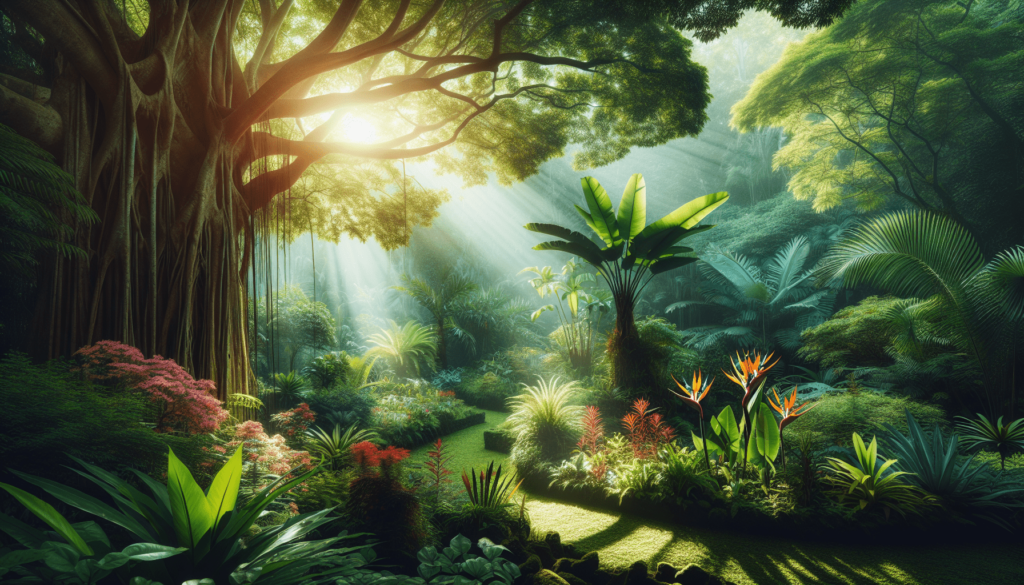
Tips for Visiting
When planning your visit to The Kampong, wearing comfortable walking shoes is a must, as you’ll want to explore every nook and cranny. Sun protection is also advisable, considering Miami’s sunny disposition. Bringing a camera is another tip, as the garden offers endless photographic opportunities, from the exotic plants to the panoramic views of Biscayne Bay. Lastly, allow yourself to take it slow, embracing the serene atmosphere and the garden’s natural beauty.
Contact Information
For more information about The Kampong, you can reach out directly to ensure you have the most accurate and up-to-date details. Whether you have questions about visiting hours, event schedules, or anything else, the staff is ready to assist. For the most seamless experience, consider calling ahead to arrange your visit, especially if you’re interested in a guided tour. Remember, a visit to The Kampong is more than just a walk in the garden; it’s a journey into the heart of tropical botanical diversity.

